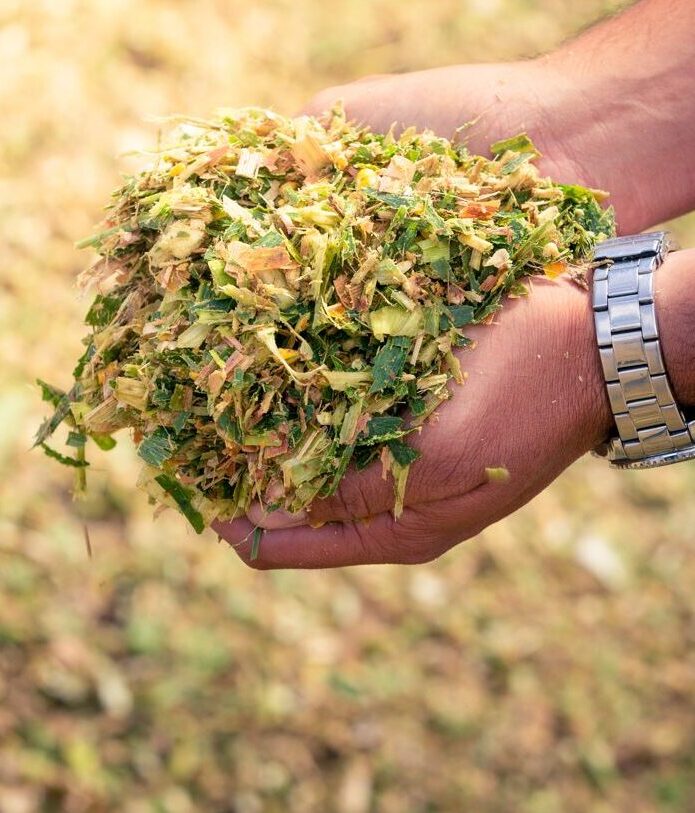
Justin Cunfer, DVM
Veterinarian and beef producer
“We have noticed that the cattle seem happier and eat better since we started using MAGNVA Titanium.”
Name: Justin Cunfer, DVM
Location: Lehighton, Pennsylvania, USA
Size: 30 breeding animals and between 50 to 60 feedlot steers
Inoculant: MAGNIVA Titanium
Justin Cunfer, DVM, raises Black Angus cattle while simultaneously operating Cunfer Veterinary Services in Lehighton, Pa. In both roles, he relies on products that support animal well-being and economic returns. Dr. Cunfer and his wife, Katie, operate the Never Done Farm where most of the beef is sold through custom orders. Together, they care for 30 breeding animals and between 50 to 60 feedlot steers. The operation relies on a plentiful supply of nutritious corn silage and baleage. Producing high-quality feedstuffs helps maintain cattle productivity and support overall herd health and reproduction. Recently, Dr. Cunfer made the switch from granular forage inoculants to a water-soluble concentrate. In his experience, the granular product did not apply evenly, and mold was still visible after ensiling. Mold was a no-go for Dr. Cunfer, who knows that spoiled silage can result in reduced feed intake and decreased production. When fed unpalatable silage, cattle will not eat as much and what they do eat will be lower in important nutrients and potentially contaminated with undesirable microbes. In fact, a Kansas State University study in beef cattle showed including even 5.4% spoiled silage (as part of a 90% silage ration) had negative effects on nutrient digestibility, and the integrity of the forage mat in the rumen was destroyed. That’s why Dr. Cunfer turned to MAGNIVA Titanium, a research-proven forage inoculant containing Pediococcus pentosaceus NCIMB 12455 and the high dose rate Lactobacillus buchneri NCIMB 40788. It is the only silage inoculant reviewed by the US Food and Drug Administration (FDA) to allow claims for improved aerobic stability — providing maximum feedout stability and minimum spoilage. The inoculant helps achieve a fast initial fermentation and get the silage to a low, stable pH; aerobic organisms are then stifled and can no longer use valuable nutrients. Plus, anaerobic bacteria like clostridia and enterobacteria are overwhelmed. It’s a difference Dr. Cunfer can see when he pulls down silage every morning for feeding. “MAGNIVA Titanium has shown better overall feed value for our operation,” Dr. Cunfer says. “We have noticed that the cattle seem happier and eat better since we started using MAGNVA Titanium.”
Samuel Goering
Seed dealer
“You can speed up fermentation, reduce dry matter loss and end up with a better product to feed to the cows. I want to preserve what I’ve got.”


